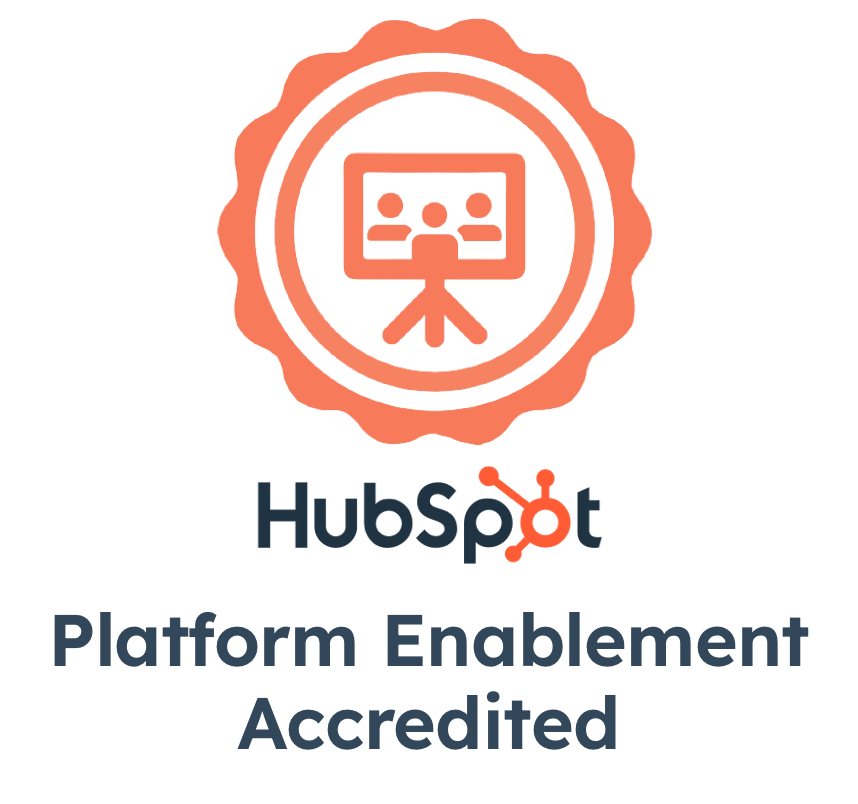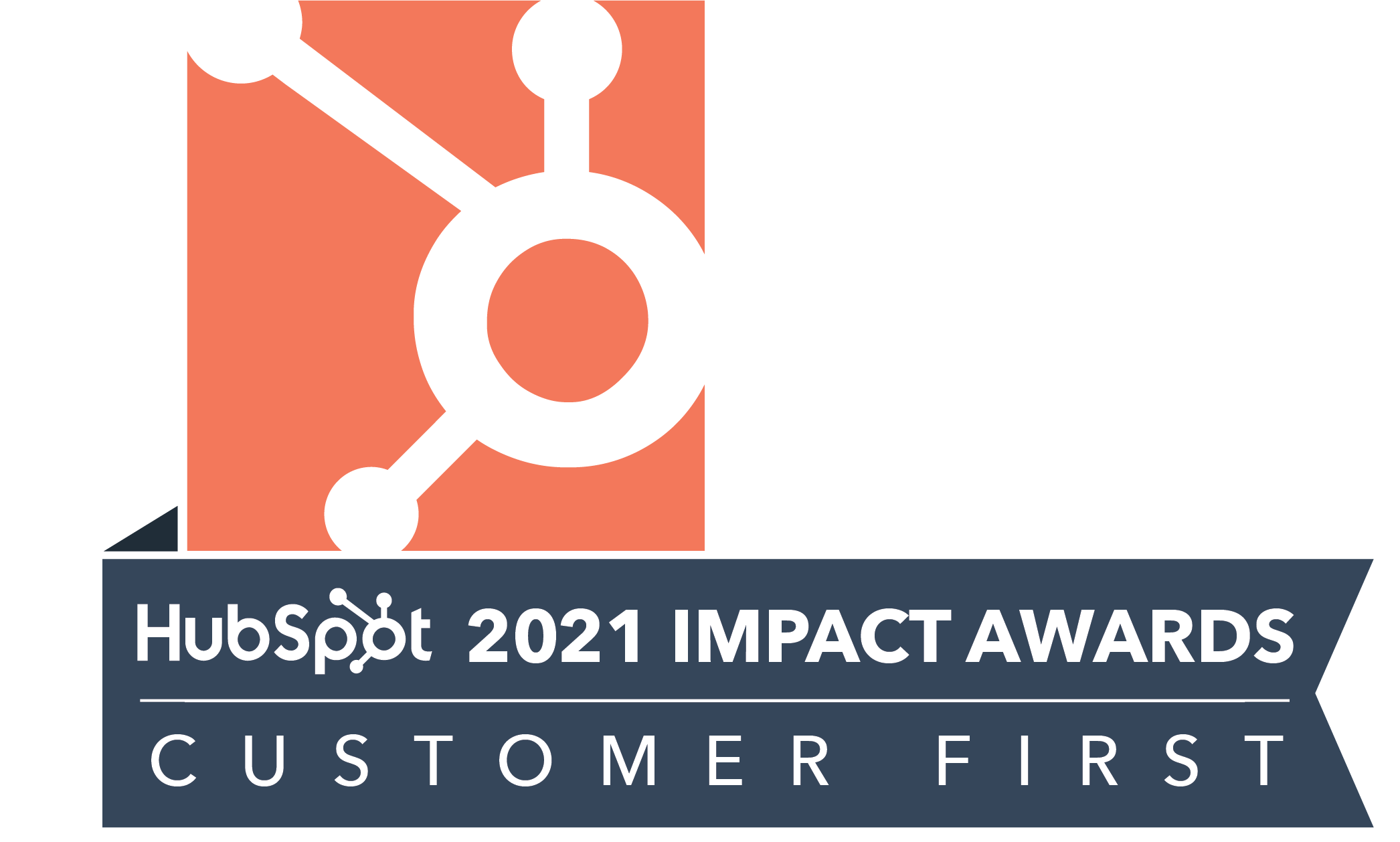If you are starting on account based marketing programs, Demandbase has some lessons for you in its 2020 ABM Market Research Study: What separates the best from the rest.
The survey was conducted in the months of March and April 2020, so it doesn’t fully consider the impact of the virus on ABM programs. But there are great lessons here nevertheless, as the report compares companies with full account based marketing programs in place with those who are in early stages with their ABM efforts.
It’s interesting to note the industries that have full ABM programs in place: Computer software, Information technology and services, and Marketing and Advertising. But then it’s not surprising, is it? After all, companies from these industries understand technology better than most others, and ABM is as much a game of tech as it is about strategy and human connection.
Let’s start with marketing and sales alignment. Eighty three percent of companies running full ABM programs report ‘decent, solid or awesome’ marketing and sales alignment. For early stage ABM companies, it’s 61%. The better your sales and marketing alignment, the better your ABM play will be.
How about unified account measurement? Are you able to measure how well accounts are engaging with you? Do you need to look at various tools to get a comprehensive picture? Or do you have a dashboard that pulls all the metrics for accounts? Seventy seven percent of full ABM program companies are in the ‘decent, solid or awesome’ bracket. And it’s 43% in early stage ABMers. Similarly, 64% of the former group have good ABM measurement in place, while only 31% of the early stage ABM companies have it.
As companies gain maturity with their ABM programs, they will get better at having a unified way to measure accounts traction and track other relevant metrics.
When it comes to ABM Content, Web personalization and Ads, the difference is even bigger.
Of the companies with mature programs, 67% classify themselves in the ‘decent, solid or awesome’ bracket, as compared to only 27% of the early stagers.
But it’s a journey, right? And that’s quite visible in the budgets being allocated. Full ABM programs now have 39% of the total marketing budget, up from 33% in 2019.
Early stage companies have also seen a jump, from 12% in 2019 to 22% in 2020.
And the journey towards maturity is also reflected in the types of challenges these two sets of companies face with ABM. Companies with full ABM programs are challenged with Data quality, Lack of budget and Lack of alignment with sales. The top challenges for early stage ABM companies are Lack of budget, Lack of ability to execute and Lack of tools/tech.
What’s the ROI, though? “Of companies seeing at least a 2x return or greater on ABM, 75% have had a full program in place for at least 6 months. 34% have had a program in place for over two years while seeing 2x returns or greater,” says the report.
Adding new customers is not the only source of growth. Companies seeing greater than 2x returns with account based marketing activities expect their revenues to come equally from net-new logos and existing customer expansion. And that’s a play that might get often overlooked in early stage ABM companies.
As companies start on their ABM efforts, these lessons can set off some ideas that will help them better streamline their programs and deliver value faster.
What would I pick from these, to focus efforts on? I would start with unified account measurement. And if I were in the market to buy some tools and tech, I would look at platforms that help me get unified data about accounts, not just from the marketing perspective, but also sales and service, too.
So I can track an account’s journey through ABM to Sales to Service. And the data I get from all of this, will help me expand into the account.
What would you pick for your business?
Looking for ABM consultants to start your ABM programs? Get in touch.













.png)
